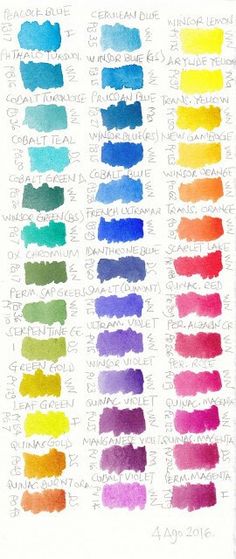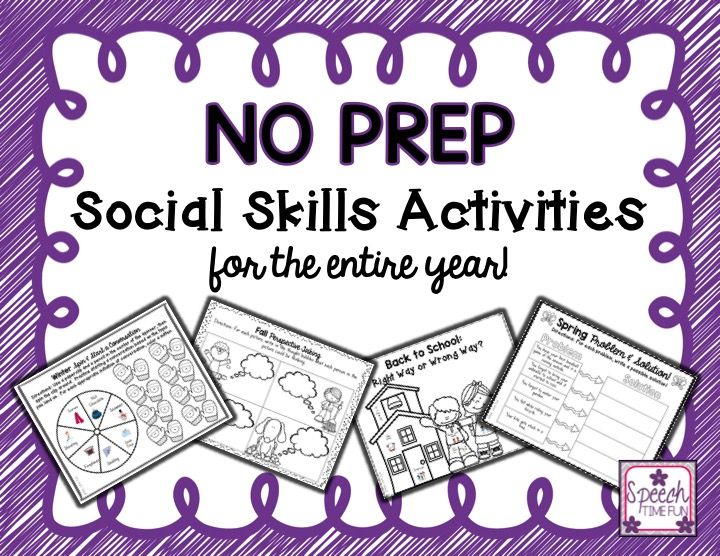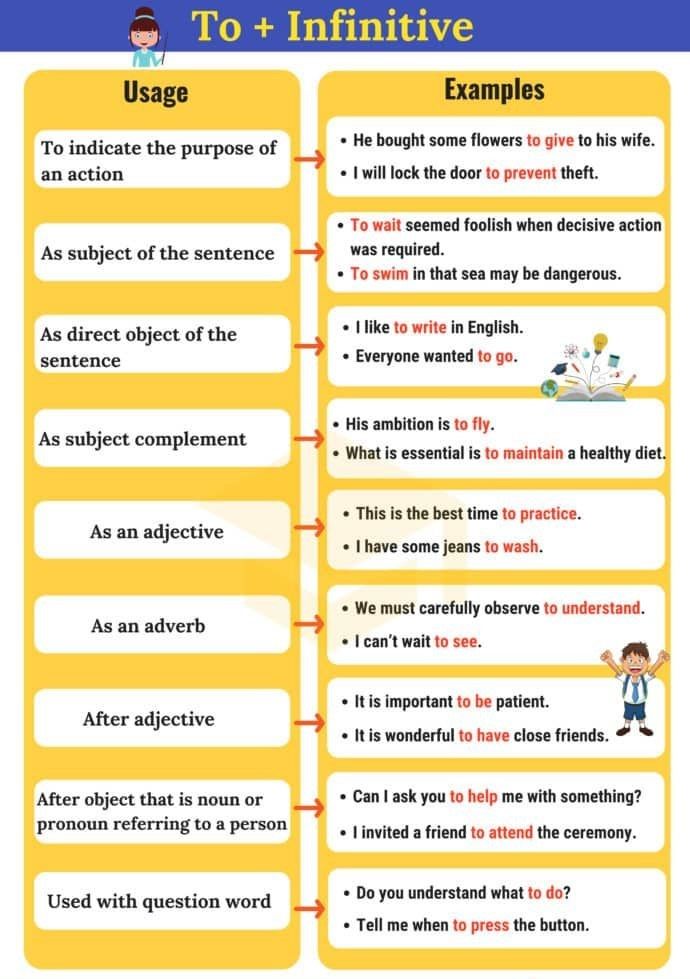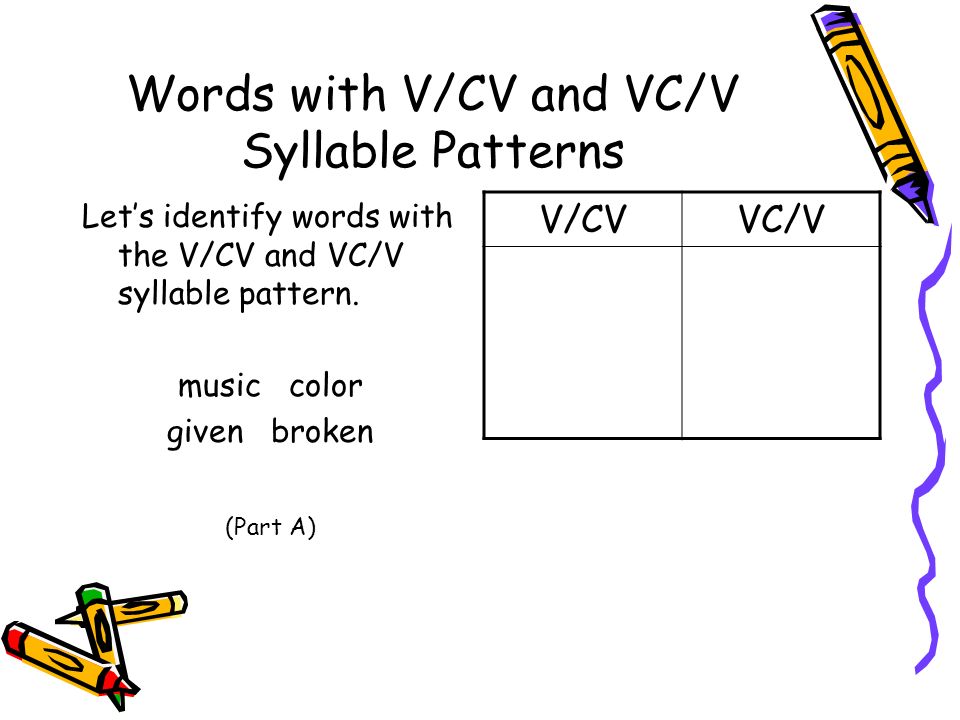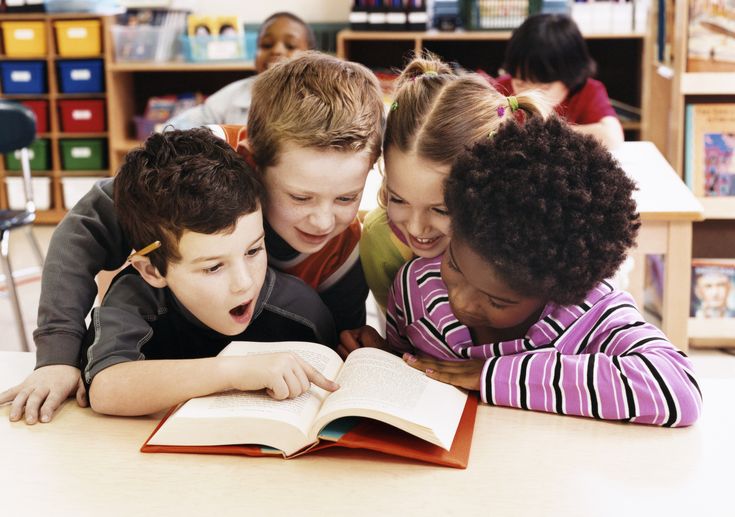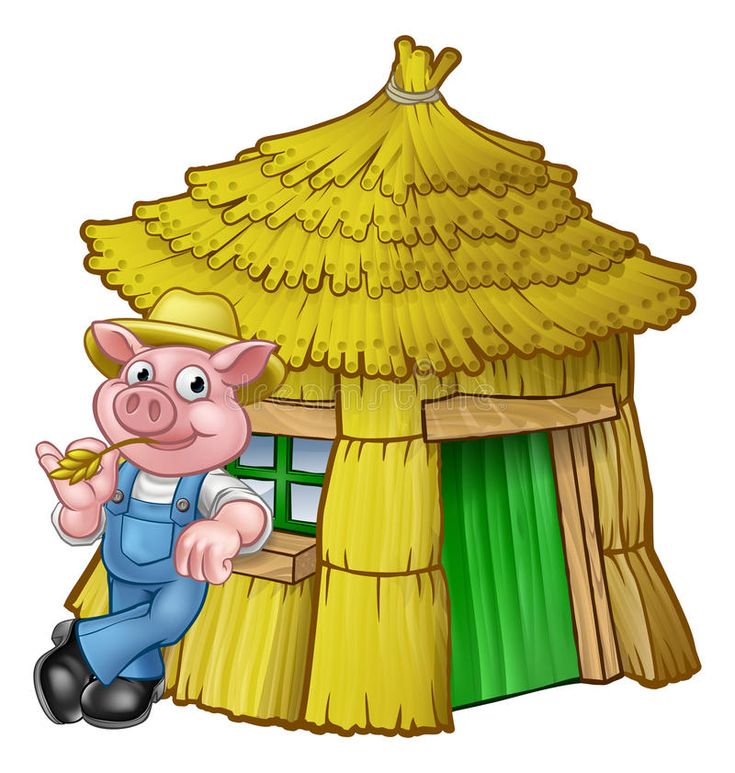Teach number sense
What All Teachers Ought To Know
Math tips and strategies for building number sense to 20 in Kindergarten and first grade: An extensive list of number sense activities and resources are included: books, materials, math manipulatives, and FREE activities!
The math tips and strategies you need for building number sense to 20 are right here. You will have everything you need to quickly implement and bring a wealth of number sense activities, games, and centers into your classroom or home.
Building Number Sense to 20
The activities, books, resource suggestions (including a FREE one) cover a ton of number sense concepts and are perfect for Kindergarten and first grade. Plus, find valuable number sense materials and manipulative suggestions, as well as freebies you can access today! Warning: It’s LONG but filled with so much you won’t want to miss anything!
Why is Building Number Sense Important?
Children need opportunities to learn and experience numbers. Learning to count, identify numbers, and understand quantity are a few of the essential concepts. Repeated experiences build understanding and fluency with numbers. These experiences help expand knowledge and learn new ideas. A strong number sense is vital for future understanding of more complex math topics.
The activities below are ones that have been used successfully. Use them as they are described or adapt them to your own needs. Be flexible. Have conversations about numbers and encourage questions. When there is an opportunity to order, count, match, or describe with a child, go for it! They benefit from seeing numbers in natural, fluid ways.
Make time for fun and engaging number activities daily and watch fluency develop.
Number Sense Concepts & Activities
Build Number Sense Through Counting
It is crucial to count with children every day. Repeated oral counting helps them hear what numbers sound like and to learn their order. Using math manipulatives, like counting chips, can help build a connection to verbal counting and counting objects. This one-to-one counting is an important skill that needs to be practiced often.
This one-to-one counting is an important skill that needs to be practiced often.
Activities
- Count out loud as a class starting at one and building to higher and higher numbers.
- Sit with a partner or in a circle and take turns counting by 1’s.
- As counting develops, teach number patterns and counting by 2’s, 5’s, and 10’s.
- Use a number chart to see what numbers look like visually. Point to each number as it is said.
- Encourage kids to practice one-to-one counting with small objects. Have small groups of objects set up in a center for them to count.
- Provide number cards (like those seen below) for kids to represent with counting chips.
Build Number Sense by Matching Numbers to Quantities
Provide materials for kids to count and connect with objects and numbers. This encourages children to see that numbers are more than words. Teach children that numbers have many representations, such as dots, fingers, counters, numerals, objects, ten frames, etc.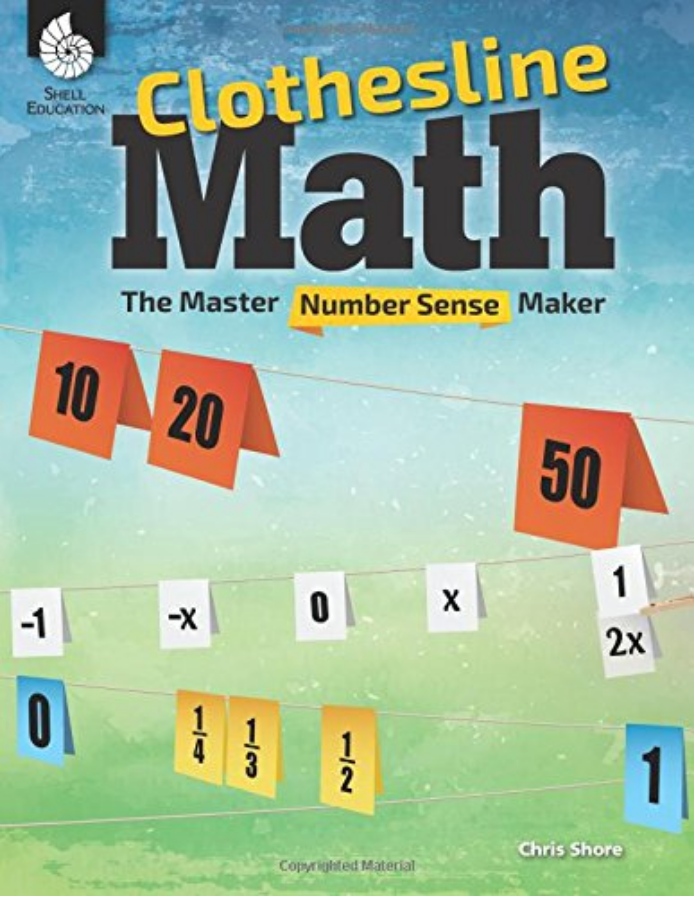
Activities
- Match two different types of objects together, such as five counting bears and a domino that shows five dots.
- Use links to create a number chain for a number.
- Work up to showing quantity with more than two types of objects (as seen in the photo).
- Have many different items available for activities, such as dice, dominoes, number magnets, bears, counting chips, cubes, and number cards.
- Match number cards from a card deck or game of Uno with dots on dominoes. Find every number combination on the dominoes.
- Complete number puzzles that have a different number representation on each piece. They help kids see that numbers can be modeled in many ways. These number puzzles to 20 are available as a FREE download further on.
- Encourage one-to-one counting with clip cards. Kids count groups of objects and clip the numeral that matches to the correct quantity.

- Ten frames are great for organizing numbers so that they can be easily counted. Matching numeral cards with ten frame representations is simple, yet effective at connecting quantity with numbers.
Build Number Sense with Number of the Day
When kids see numbers in many ways at once in a repeatedly, their number sense develops. Pick a number of the day starting at one and dissect it during your math block.
Activities
- Learn about a specific number for each day that you have been at school. Teach and dissect that number during calendar time. Represent that number on a number line, count to that number, show that number with straws or cubes, etc.
- Use a number of the day poster or anchor chart to break numbers down. Create your number of the day poster with the FREE poster templates.
- Encourage kids to participate and show their understanding on paper or mini whiteboards. Ask a question, such as “How do we show 5 with tally marks?” and allow them time to try on their own.
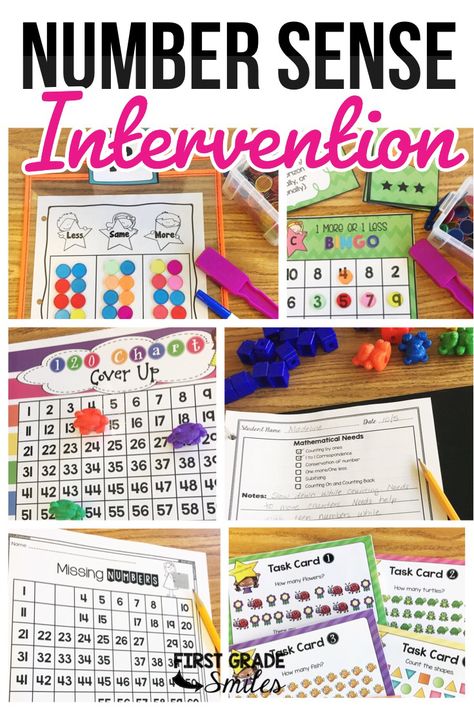 This makes an excellent fluency building warm-up to math lessons.
This makes an excellent fluency building warm-up to math lessons. - Read more tips on starting a number of the day routine in your classroom.
Build Number Sense by Ordering Numbers
Provide opportunities for kids to put numbers in order. While they put numbers or objects with numbers on them into the correct order, they are counting and building number sense.
Activities
- Provide opportunities with using a number line and number chart that puts numbers in order for us.
- Give sets of numbers to order correctly by finding them on the number line.
- Cover different numbers on a number chart with sticky notes and ask kids for the missing numbers.
- Build Lego stacks by putting the pieces together in an order written on the blocks.
- Work together with a partner to order number cards from 0 to 20. Create a number caterpillar like the one seen below.
- Number puzzles are a fun way to order numbers.
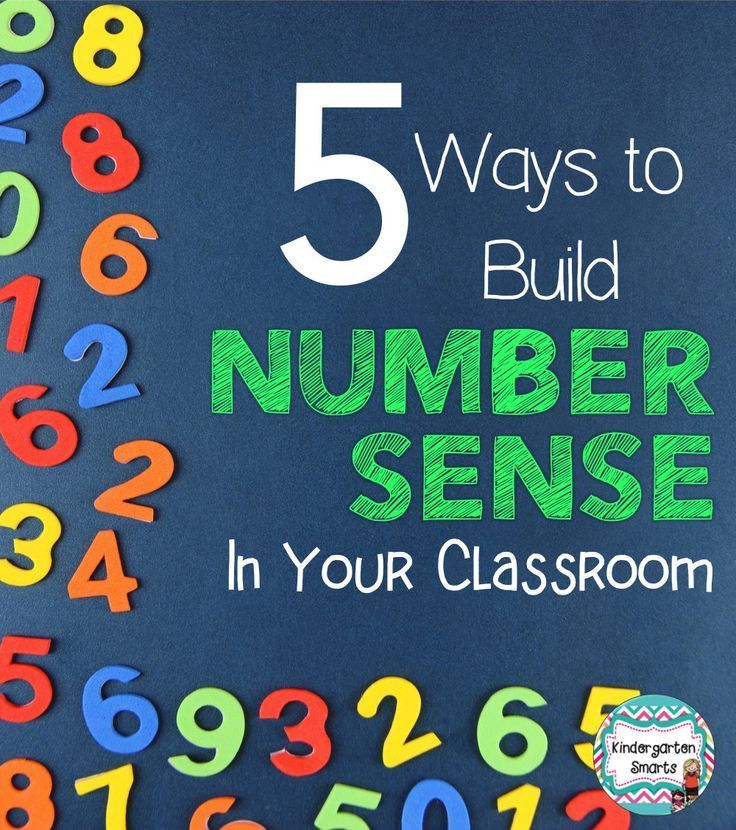 Put the strips in the right order to reveal a picture.
Put the strips in the right order to reveal a picture.
- Puzzles are simple and easy to create. Take an old puzzle and write numbers on the back of each piece.
- Grab a piece of paper and write numbers in rows. Cut out pieces randomly and trade with a partner. Put the puzzle back together again for practice.
- Complete a number order maze starting at 0. This activity can be reused when put into a pocket protector.
Build Number Sense with Place Value Activities
Teaching kids about place value should begin with teaching them to see ten in many ways. Move on to illustrating numbers with base ten blocks.
Activities
- Practice making groups of ten things. Group straws, beans, counters, or any small objects.
- Teach counting by 10’s to count groups. Extend to teaching groups first and then singles.
- Make groups of ten to get to the 100th day.
- Show and examine a tens block and ones block.
 Discuss that a tens block has ten ones put together.
Discuss that a tens block has ten ones put together. - Use base ten blocks to represent numbers. Do plenty of examples where kids must use and count blocks. Use a chart to help count the blocks.
- Say “Show (or draw) me 14 with place value blocks!”
- Represent the number of tens and ones on place value mats (seen below). Ask questions like “How many ones are there?” or “How many groups of ten?”. Make sure they understand what each number within the number stands for (i.e., the 1 in 18 is a ten and not a one).
- Represent a number in different ways: expanded form, standard form, word form, numeral, etc. Worksheets like the one below, can help build this connection.
Reading and Writing Numerals
Kids are constantly surrounded by numbers in their environment. They quickly learn to recognize the individual numerals 0 to 9 through different experiences. Continue to encourage this familiarity by having numbers on the wall.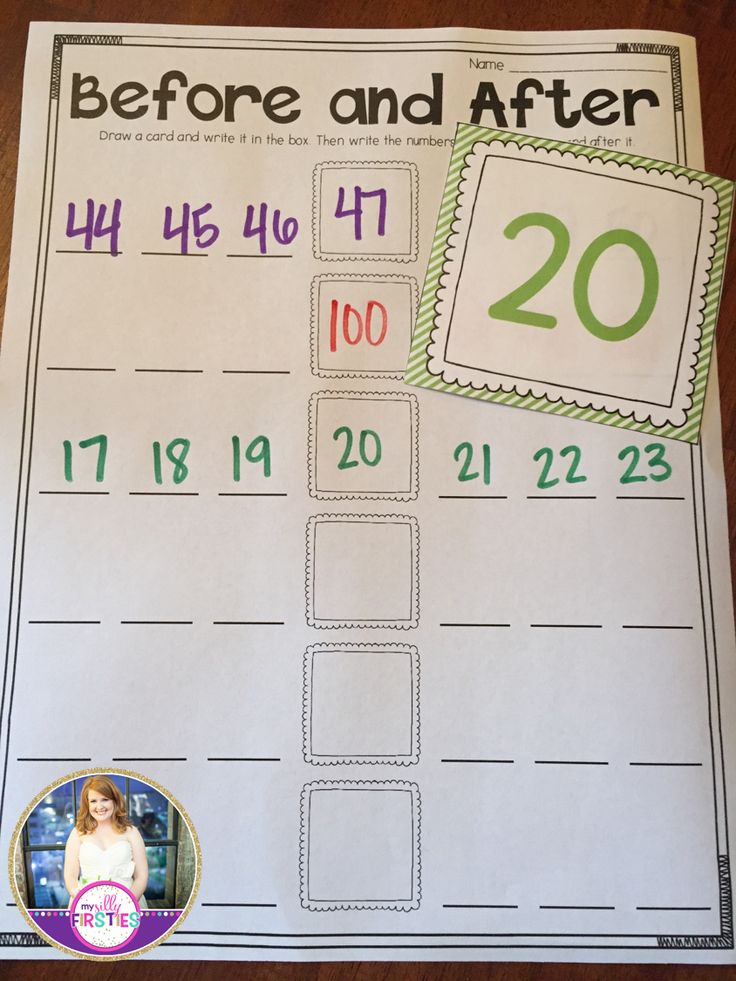 Posters, number lines, and calendars are helpful tools.
Posters, number lines, and calendars are helpful tools.
Activities
- Build numbers with playdough in a math center. Even something as simple as this playdough numbers activity here.
- Print numbers from 0 to 9 daily in different ways – in booklets, on whiteboards during math lessons, etc.
- Draw numbers on paper and give students do-a-dot markers or bingo dabbers to dot numbers.
- Use a Boogie Board (seen below) or whiteboard to practice numbers over and over quickly.
- Trace numbers frequently and repeatedly to build coordination and correct form. The mini-book below encourages this, as well as locating numbers.
- Encourage the correct formation of numbers by teaching it explicitly. The posters (seen below) are helpful tools to use and post on the wall.
- Catchy number poems help students visualize and remember number formation. Use your whole body to make actions or draw in the air.
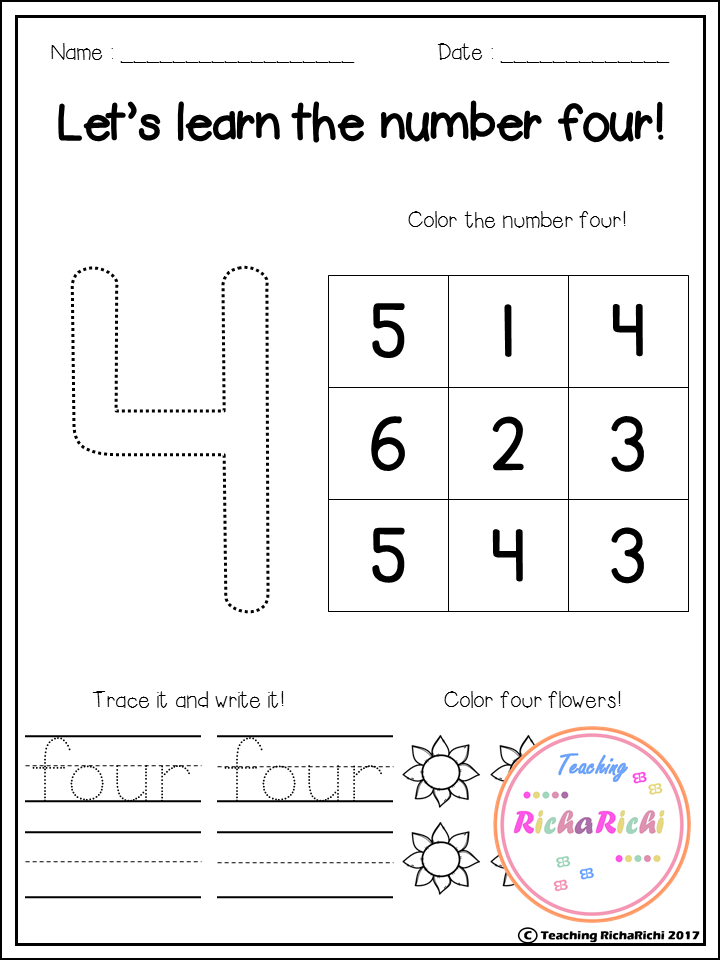
Reading and Writing Number Words
Teach kids how to read number words as they learn to read. Teach each number word one at a time and how to spell them phonetically (when applicable).
Activities
- Have number posters with both the numeral and number word on it.
- Include number words on spelling lists so that kids learn to read and spell number words.
- Use a number of the day routine to teach and focus on one word each day.
- Match numbers word cards with numeral cards (seen below).
- Play memory with a partner with number words and numeral cards. Look for pairs (twelve and 12).
- Build recognizing and speed with mental math flash cards. Flashcards to kids, and they race to call out what they see (tally, numerals, number words, etc.).
Build Number Sense by Counting On and Back
Teach the strategy of counting on and back from a number to prepare kids for addition and subtraction.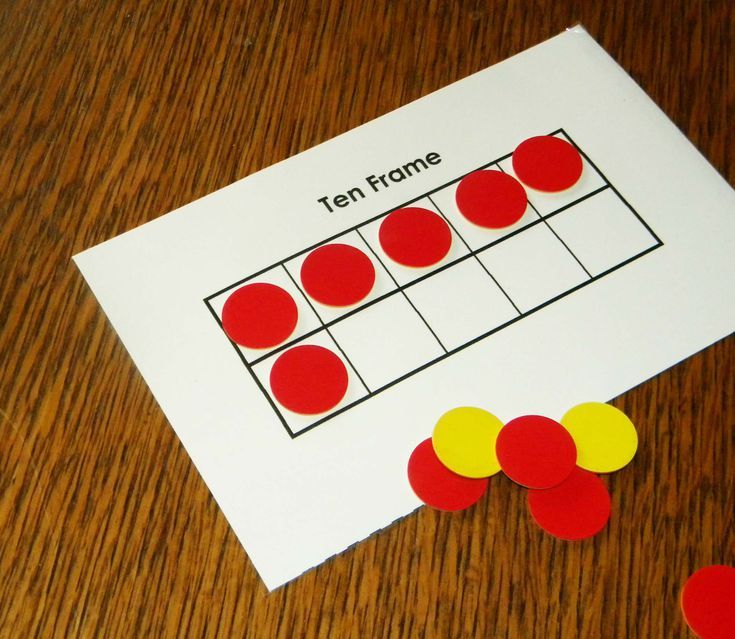
Activities
- Give students a number and a group of small objects to count on. Ask, “How many more do I have?” given 7 to start and a group of 9 counters to count on with.
- Play games with small objects and decks of cards where counting on is needed.
- Play a group counting game called ‘Around the World.’ Say a number, and each person counts on and says the next number as you go around the circle.
- Use small objects to count on or back from a number given (cubes, counters, dice, etc.).
- Put numbers in backward order. Take the ordering activities seen above and reverse them.
Build Number Sense through Estimating
Provide lots of opportunities for kids to guess how many things they see in their day to day lives. Ask prompting questions to encourage this thinking. Make sure kids know that they are estimating and that these are just guesses. Stress that estimates do not need to be exact but that they should be thoughtful. With more practice, estimations should become closer to the actual number of objects.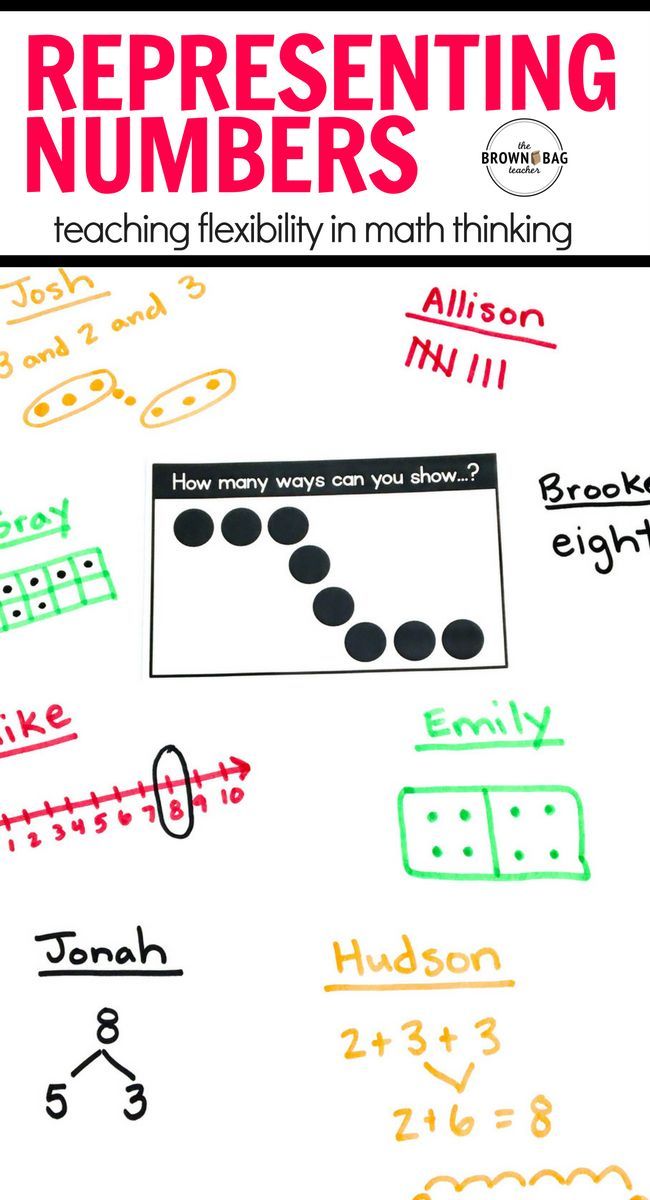
Activities
- Fill clear or open containers with different sized objects for kids to guess. Keep them simple and work up in difficulty and size of objects. Smaller objects and bigger containers are usually harder.
- Create an Estimation Station,” where containers are set up with objects inside. Kids can take a close look and make estimates.
- As a whole group activity, grab a pile of objects to show quickly. Cover them and have kids make guesses.
- Play ‘Show & Hide’ with a partner. Use a cup and put some small counting bears inside. Quickly show a partner, and then hide them. They make an estimate, and then you count together to check.
Build Number Sense by Comparing Numbers
As familiarity with numbers grow, so does an ability to compare numbers with each other. Provide opportunities to compare numbers daily. Ask questions about which number is bigger, smaller, or the same.
Activities
- Use a chart or number line to compare numbers.

- Use small objects to make comparing easier. Say “Show 11 and 15 with cubes”. Ask, “Which number is smaller?”.
- Teach the symbols < > and = and what they each mean. Use the alligator strategy (The alligator likes to eat the bigger number) to remember the signs and what they mean.
- Create number towers. Kids use cubes to form towers to represent numbers. Compare two towers to see which is the tallest and, therefore, the bigger number. The alligator eats the bigger tower.
- Compare numbers with math tools and indicate the correct symbol on clip cards (seen below). As kids become fluent, they should recognize the correct symbol without support.
The activities seen in this post can be found in the following resources found on Teachers Pay Teachers.
Numbers to 5 for Kindergarten
Numbers to 10 for Kindergarten
Numbers 11-20 for Kindergarten
Mindful Math Kindergarten Curriculum
Numbers to 10 for First Grade
Numbers to 20 for First Grade
Mindful Math First Grade Curriculum
Free Number Sense Puzzles to 20
Prep this fun set of number puzzles for your classroom centers and help kids build their number sense!
Grab 20 FREE number puzzles with different representations on each piece by clicking the image below.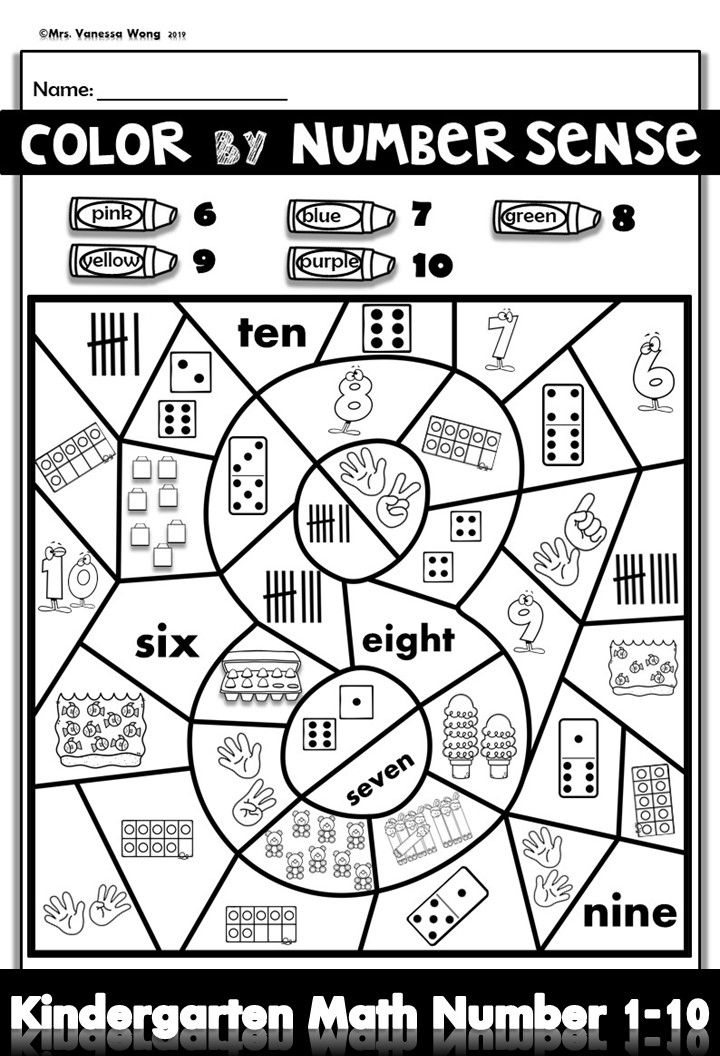
Number Sense Books
I Spy Numbers by Jean Marzollo
1,2,3 Peas by Keith Baker
ChickaChicka 1,2,3 by Bill Martin Jr.
Splash! by Ann Jonas (counting)
The Very Hungry Caterpillar by Eric Carle (counting)
How Do Dinosaurs Count to 10? by Jane Yolen
Number Everywhere by Elliot Kaufman
10 Black Dots by Donald Crews
How Many Bugs in a Box? by David Carter
How Many Snails? by Paul Giganti, Jr.
Ten Sly Piranhas by William Wise
None the Number by Oliver Jeffers
Zero the Hero by Joan Holub
More or Less by Stuart Murphy
Tally O’Mally by Stuart Murphy
Place Value by David Adler
What’s the Place Value by Shirley Duke
Quack and Count by Keith Baker
Betcha! by Stuart J. Murphy
Number Sense Materials
Try the Mindful Math Comprehensive Program
Read about the Mindful Math program and how it can change your math block in positive ways! This comprehensive math curriculum is available for Kindergarten, first grade, and second grade.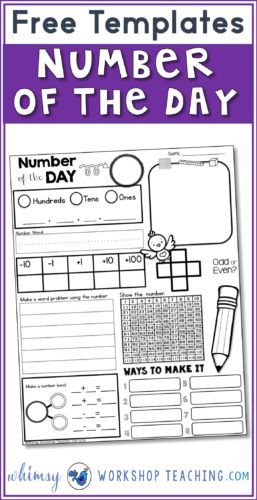
Learn More about Teaching Number Sense
Building Number Sense free email series
Number of the Day Activities
5 Tips for Building Math Fluency
PIN
FREE Number Sense Email Series
Sign up for the building number sense email series filled with effective strategies, must try activities, and FREE resources to build routines in your classroom. Everything you need to help kids grow their number sense and have fun at the same time!
First Name
Personal Email Address
We use this field to detect spam bots. If you fill this in, you will be marked as a spammer.
I'd like to receive the free email course.
This form collects information I will use to send weekly emails with strategies, promotions, and resources. Unsubscribe at any time. Powered by ConvertKit8 Strategies to Teach Number Sense to Pre-K and Elementary School Kids
Even as toddlers, the littlest of learners are learning to use their mathematical minds.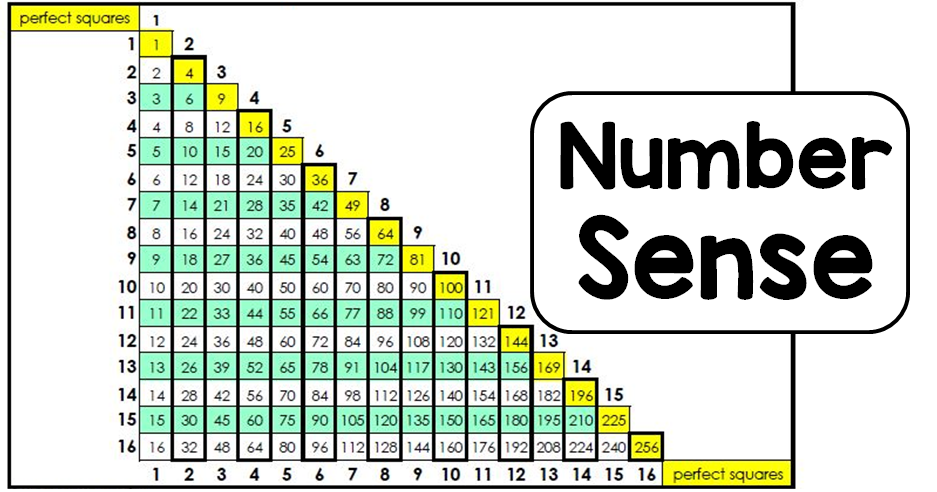 The word “more” is one of the first words kids learn at the dinner table, and they are quick to learn that they want the most candy or the biggest slice of pie at dessert. Kids are constantly evaluating their world and comparing objects by quantity, size, shape, and more!
The word “more” is one of the first words kids learn at the dinner table, and they are quick to learn that they want the most candy or the biggest slice of pie at dessert. Kids are constantly evaluating their world and comparing objects by quantity, size, shape, and more!
Since kids have this natural capacity to make sense of their world through mathematical concepts, it’s important to take those primitive skills to the next level by helping them make connections between their everyday observations and a more solid understanding of numbers. That’s why it’s so important to support your child’s development of number sense. But how can a parent begin teaching number sense to ensure such a concrete understanding of math concepts?
If you’re wondering how to teach number sense to your child, try the following strategies to support your little learner’s early math skills:
Storytime-advertising-container
Adsense-container
Noticing Everyday Math
Nothing is more important than engaging with your child and talking about the math you and your child experience daily. Talk about prices, budget, and quantity at the grocery store, and show your child how you use math to manage money. Practice fractions while cooking and baking, and take note of the shapes found in road signs and outdoors. Talking about the math found in everyday life sets a purpose for using and performing math processes. If kids know why math is so important in real life, they will be excited to find reasons to use it!
Talk about prices, budget, and quantity at the grocery store, and show your child how you use math to manage money. Practice fractions while cooking and baking, and take note of the shapes found in road signs and outdoors. Talking about the math found in everyday life sets a purpose for using and performing math processes. If kids know why math is so important in real life, they will be excited to find reasons to use it!
It’s All About the Process
Oftentimes, we get caught up with finding an answer to a math problem that we pay little attention to the process we take to solve it. Sometimes we impatiently want to find the answer quickly and move on to the next task. Instead, teach your child that the most important part of solving a problem is the way they solve it. To do this, encourage your child to look check their work and find mistakes they might have made.
Strategies for Preschool and Kindergarten Kids
Verbalizing Math Concepts
When a child describes their work and explains the process they took to solve a problem or make an observation, they are more likely to internalize what they’ve learned. This simply means kids will remember more when they talk about it. When working with your child on a homework assignment, encourage your child to tell you how they plan to solve the problem. During completion, have your child tell you about it each step of the way. In doing so, your child will develop number sense as they internalize and understand the process they took to solve the problem.
This simply means kids will remember more when they talk about it. When working with your child on a homework assignment, encourage your child to tell you how they plan to solve the problem. During completion, have your child tell you about it each step of the way. In doing so, your child will develop number sense as they internalize and understand the process they took to solve the problem.
Dot Cards
Subtilizing is the skill that refers to instantly and visually recognizing a group of objects and knowing the number just by looking. This is an important mental math skill that aids in solving problems, as well as understanding numbers. Using dot cards can help your child build this critical skill by gaining more practice recognizing groups of dots on the card.
Using Manipulatives
Learning numbers for kids can be a tough task. To make numbers make sense on paper, it’s helpful to use manipulatives that kids can use to make sense of quantity. A quick Google search for “math manipulatives” will lead you to online vendors who sell place value blocks, counters, magnet manipulatives, and more.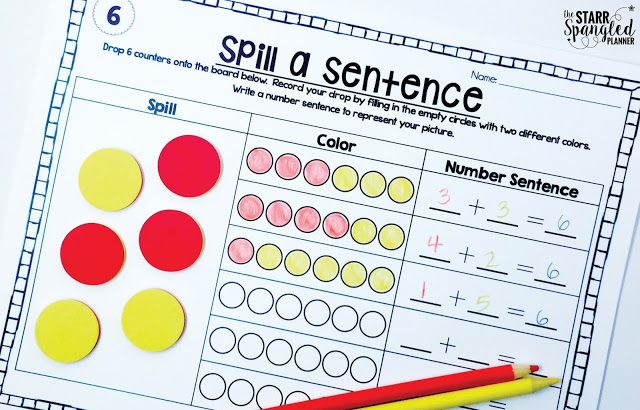 Manipulatives give your child a concrete way to represent numbers. In a pinch, you can even visually show your child simple addition and subtraction using Skittles or M&M’s to demonstrate the concepts for deeper understanding of math.
Manipulatives give your child a concrete way to represent numbers. In a pinch, you can even visually show your child simple addition and subtraction using Skittles or M&M’s to demonstrate the concepts for deeper understanding of math.
Check out our collection of fun math videos to satiate your kid's thirst for early number sense concepts.
Strategies for Elementary School Kids
Number Lines
There’s more than one way to solve math problems, and kids should learn different strategies to increase their number sense. For instance, using a number line can help kids make the connection between addition and subtraction or practice place value. Kids can even learn subtraction by using addition by flipping the problem around. Teaching kids multiple ways to solve problems strengthens number sense by understanding the processes they take to solve problems.
Mental Math
When kids skip count by 2’s, 5’s, or 10’s, kids are using mental math to add. We can continue this process by asking kids to add less or more, and teaching strategies like splitting and jumping. These strategies focus on different ways to break down math problems to make difficult problems easy to solve mentally. Teaching these strategies give your child one more tool to help them understand numbers inside and out.
We can continue this process by asking kids to add less or more, and teaching strategies like splitting and jumping. These strategies focus on different ways to break down math problems to make difficult problems easy to solve mentally. Teaching these strategies give your child one more tool to help them understand numbers inside and out.
Make Estimations and Predictions
Place a favorite candy in a small container, and ask your child to estimate how many candies are in the bowl. Kids can solidify their number sense by making estimations and predictions based on observations. Moreover, your child will make the connection between quantity and numbers, sharpening their number sense.
Like many adults, for some kids, math can be a source of frustration and anxiety. But solving tricky math problems doesn’t need to be so difficult if only a child understands numbers and math processes. That’s why strengthening your child’s number sense makes a world of difference. When your child has a solid understanding of numbers and how they work, your little learner will have a foundation for future math success!
Meaning of numbers | The language of numbers
The meaning of numbers in spiritual numerology.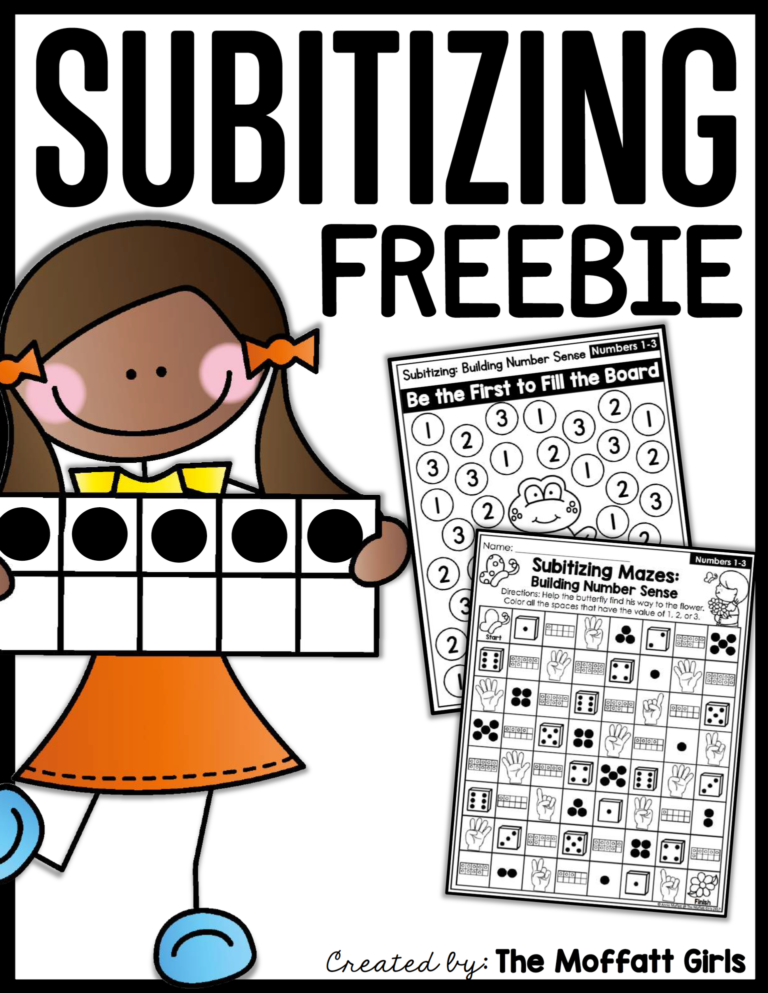 What's this? What do we mean when we say "the meaning of number"? Of course, we are not interested in the meaning of the number as such, we are concerned about how it affects us, the surrounding reality. Meanwhile, it is the meaning that is more important...
What's this? What do we mean when we say "the meaning of number"? Of course, we are not interested in the meaning of the number as such, we are concerned about how it affects us, the surrounding reality. Meanwhile, it is the meaning that is more important...
In our view, the meaning of any number is only the meaning that this number has in everyday life. That's right! But there is one caveat: a person, due to his subjective, “personal” perception of reality, is very rarely able to correctly assess what is happening to him and why. How can he connect all this with the meaning of numbers!
It is not surprising that the wisdom and depth of the magic of numbers remain unclaimed when solving pressing life problems. But in numerical magic, the value of a number is actually a magic spell for finding the so-called "meaning of life" ...
Spiritual numerology teaches: understanding the meaning of numbers is the key to understanding human destiny!
Each of us only knows what is "good" and what is "bad".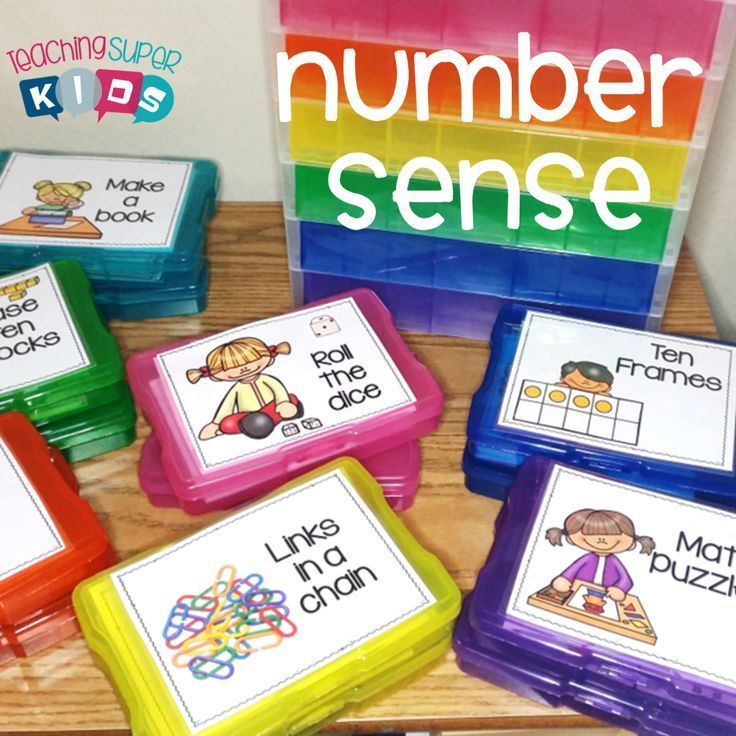 But the Universe, of which we are a part, knows neither the word "bad" nor the word "good." She simply molds us, as if from plasticine, into what she considers appropriate. She “uses” us almost blindly!
But the Universe, of which we are a part, knows neither the word "bad" nor the word "good." She simply molds us, as if from plasticine, into what she considers appropriate. She “uses” us almost blindly!
Penetrating into the essence of numbers, it is as if we are buying magic glasses for ourselves, which transform us from blind people into sighted people. Numbers are eternal intermediaries between "heaven" and "earth", between the Universe and us. Numbers are almost our only teachers (and maybe the only ones!), who really teach us to understand something about human nature and his destiny.
It is from this angle that the concept of the meaning of numbers should be perceived. Surprisingly, by studying the language of numbers, we actually study ourselves, and at all levels of Being and Consciousness (each person lives simultaneously on eleven levels). Therefore, the interpretation of the meaning of numbers is by no means an idle occupation, but an extremely responsible and important one!
Numerology, especially spiritual numerology, can seriously affect a person's destiny, both for better and for worse. Therefore, one should be extremely careful and carefully approach the interpretation of numbers.
Therefore, one should be extremely careful and carefully approach the interpretation of numbers.
Particular intelligibility should be shown to those information about numbers that you have gathered somewhere and decided to apply "in practice" on your own. Remember, the meaning of numbers and the meaning of human life are sometimes synonymous!
Yes, a person by himself can change little in his own destiny. However, using the meaning of numbers - especially the meaning of fatal numbers - he can prepare for it by taking the right attitude, that is, by balancing personal appetites with objective possibilities.
And besides, there are always some “turning points” in a person's fate, when something still depends on him, despite the inevitability of fate as such. And this, in my opinion, is the most important incentive for the correct interpretation of numbers!
Interpretation of the meaning of numbers
Sometimes it is enough to show the slightest inaccuracy in the formulation of the meaning of a number, as a result, the numerological essence of the number becomes almost unrecognizable "on the way out".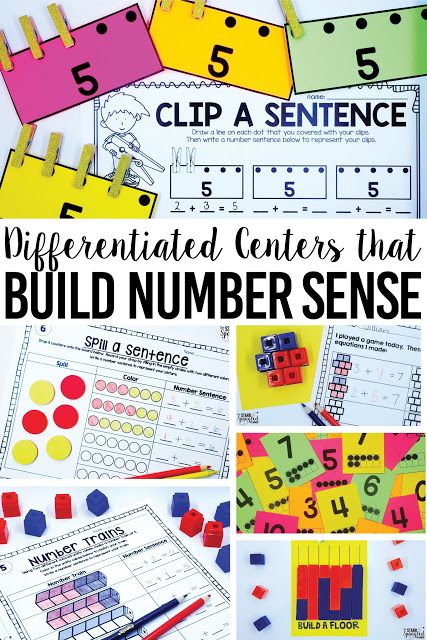 And then ... you know, it's better not to use the meaning of numbers to solve life's problems at all than to use it incorrectly!
And then ... you know, it's better not to use the meaning of numbers to solve life's problems at all than to use it incorrectly!
Figuratively speaking, if a person does not know how to prepare equipment for climbers, it is not scary. It is terrible if he, not knowing how, nevertheless undertakes it. But we are all climbers, each of us climbing our own "peak"...
Determining the exact meaning of numbers in numerology is somewhat similar to shooting from knives. Imagine a small target being aimed at with a gun. It is enough to deviate the gun to the right or left for a few fractions of a millimeter, as the bullet will not even hit the target.
Most of the "bullets" in modern numerology, unfortunately, go too far from the target, that is, from you and me ...
The meaning of numbers - business numerology own life. Actually, the numerology of money in general and the numerology of business in particular are based on this.
Is it possible, thanks to understanding the meaning of numbers, for example, to successfully choose an online business (business on the Internet)? Well, of course! However, you need to be very careful here .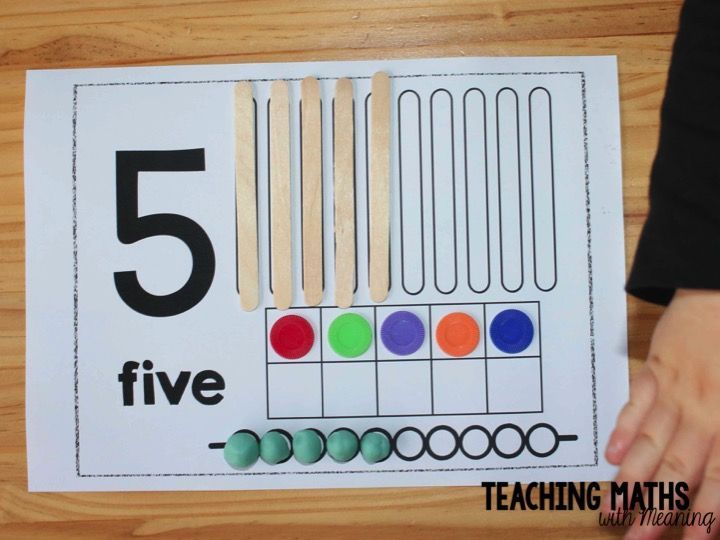 .. An incorrect interpretation of the meaning of the number will not only cast doubt on the correctness of the choice of business, but may even contribute to the complete impoverishment of a person. Why?
.. An incorrect interpretation of the meaning of the number will not only cast doubt on the correctness of the choice of business, but may even contribute to the complete impoverishment of a person. Why?
Because the energy of money (including the energy of business) is an extremely subtle substance. Interacting with the energy of numbers, it turns on an internal mechanism that sometimes simply cannot be stopped!
If the business develops successfully, that's great. But if something goes “wrong”, the consequences can be extremely unpleasant. Therefore, turning to, say, spiritual numerology as an additional tool for attracting money, I recommend that you carefully study the meaning of numbers.
Article author: Iosif Lazarev
——————————————————————————————————————————————————————————————————————————————————————————————————————————————————————————————————————————————————————————
My book called “Spiritual Numerology. The Language of Numbers.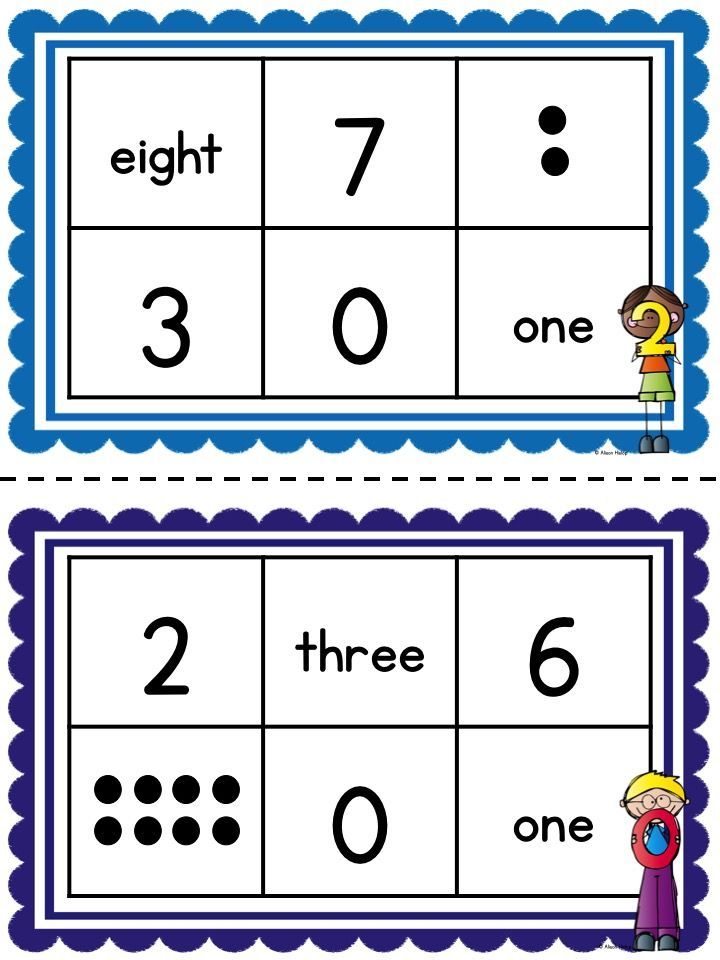 To date, this is the most complete and in demand of all existing esoteric manuals about the meaning of numbers. For more information about this, and also to order the book, go to the following link: « Spiritual Numerology book «
To date, this is the most complete and in demand of all existing esoteric manuals about the meaning of numbers. For more information about this, and also to order the book, go to the following link: « Spiritual Numerology book «
Warmly, author of the book and this website Iosif Lazarev
———————————————————————————————————————————————————————————————————————————————————————————————————————————————————————————————————————————————— numbers The language of numbers is the most ancient and wise of all languages. What is the main difference between him and the rest? The fact that in other languages we can afford the luxury of speaking first, and only then thinking. And the language of numbers - if it really is the language of numbers, and not one of the many fakes - obliges us to always think first, and only then speak. Therefore, studying the numerology of numbers is very useful! Iosif Lazarev - author of spiritual numerology Think with numbers. Spiritual numerology (to which my site is dedicated) is a way of esoteric thinking with the help of numbers. If numerology does not develop deep and voluminous thinking in people, then this is not numerology, but an ordinary low-grade fake for the sake of making money on fortune telling. Such fakes are very easy to calculate using the same number language . They are calculated because the wisdom of numbers cannot be faked - just as it is impossible to fake human wisdom. This is especially evident in the numerology of the compatibility of people by date of birth. Pay attention! 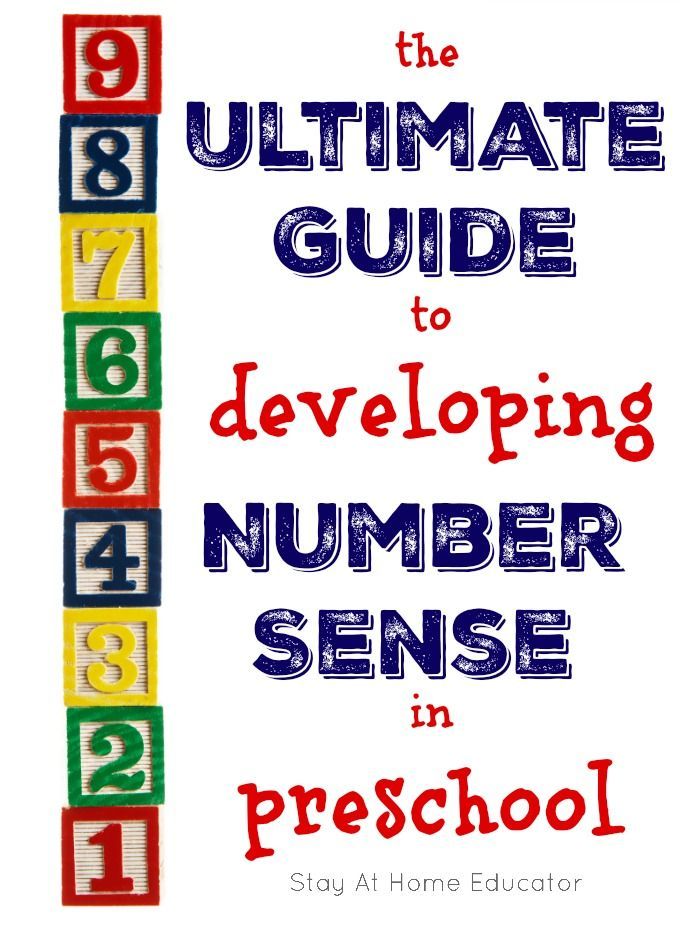 A small correction: “thinking” does not mean virtuoso juggling with other people's knowledge. To think means to independently delve into the essence of things and concepts, and not automatically enumerate their names and properties memorized since childhood.
A small correction: “thinking” does not mean virtuoso juggling with other people's knowledge. To think means to independently delve into the essence of things and concepts, and not automatically enumerate their names and properties memorized since childhood.
My book called “Spiritual Numerology. The Language of Numbers. To date, this is the most complete and in demand of all existing esoteric manuals about the meaning of numbers.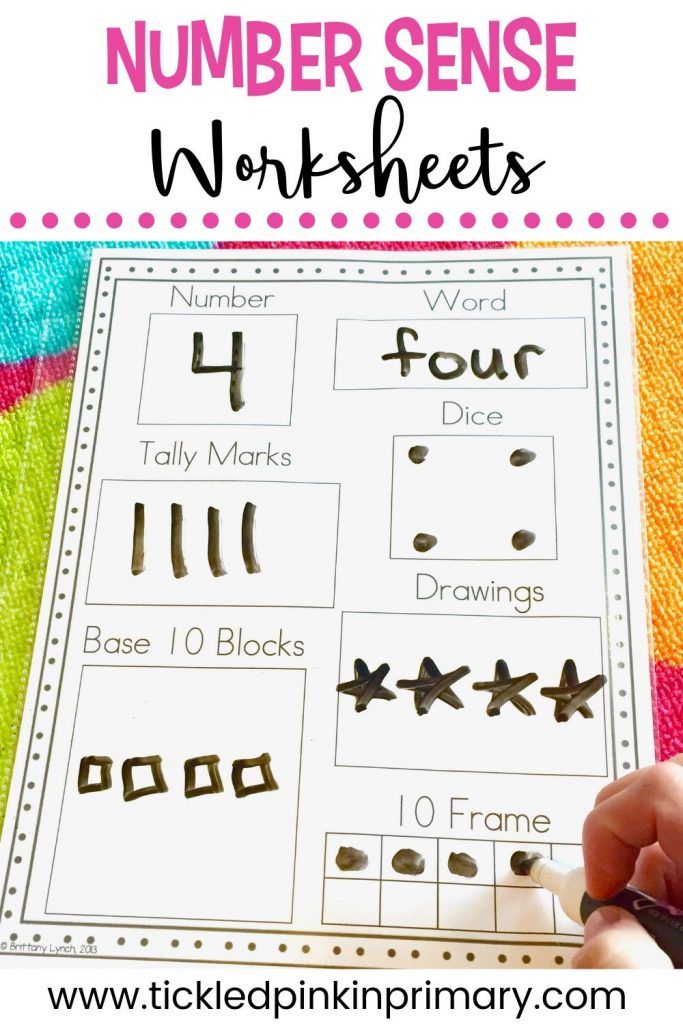 More about this, as well as links for ordering a book at home - on page " Spiritual numerology book.
More about this, as well as links for ordering a book at home - on page " Spiritual numerology book.
With warmth, the author of the book and this site, Iosif Lazarev Ordinary and important figures, penetrating through our whole life, are constantly talking to us. Simply, since we do not hear them, the phrase the language of numbers seems to us only a figurative expression. Meanwhile, different numbers are constantly knocking at our blind minds and deaf hearts. By deciphering the numbers, we open these invisible doors.
Secondary and major numbers diligently explain something to us, and in their own way get nervous if we do not understand them. But we still don’t understand, although there are only eleven basic numbers in numerology:
What can you do, the language of numbers is not taught in schools! Moreover, they do not study the magic of numbers. And Pythagoras, who is considered one of the founders of numerology, died long ago and there is no one to ask .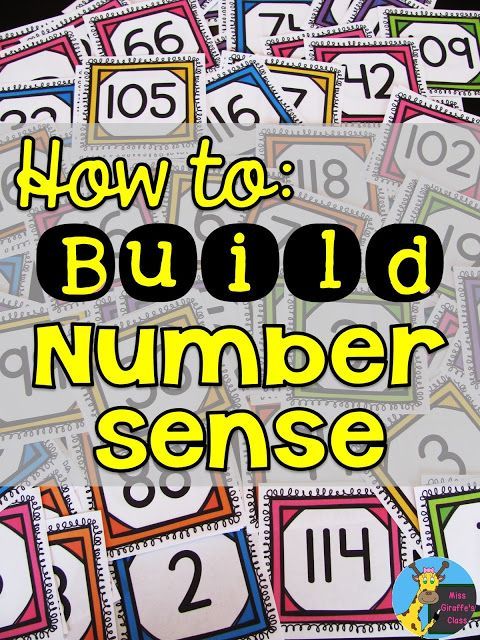 .. Although, in truth, numerology does not and cannot have founders. This is especially evident in the example of favorite numbers and mirror numbers, which carry truly unearthly wisdom.
.. Although, in truth, numerology does not and cannot have founders. This is especially evident in the example of favorite numbers and mirror numbers, which carry truly unearthly wisdom.
The only founder of numerology is the numbers themselves. It is the consciousness of numbers that has created all kinds of numerology, including the numerology of fate and the numerology of dates.
Consciousness of numbers in numerology
All types of numbers have consciousness. If numbers did not have consciousness, there would be no language of numbers. Spiritual numerology says: any figure has consciousness. Only the "digital" consciousness is arranged differently than in humans.
Its main difference from the human is that it does not change. By the way, this is the main reason for the absurdity of random numbers. Numbers are not random!
Human consciousness is subject to every second changes - both superficial (at the level of desires) and internal (at the level of spiritual states). The history of numbers tells us that from time immemorial they have been aware of themselves and the world around them, moreover, they have always been aware of them in the same way. For example, how the number 9 affected the worlda thousand years ago, in exactly the same way it affects him now.
The history of numbers tells us that from time immemorial they have been aware of themselves and the world around them, moreover, they have always been aware of them in the same way. For example, how the number 9 affected the worlda thousand years ago, in exactly the same way it affects him now.
This issue is covered in detail in my individual lessons in spiritual numerology. Yet why is the consciousness of numbers so immutable?
Because numbers look at the root - this is the main property of numbers. They take seriously only the very essence of people and events, paying little attention to external, temporary factors. By the way, this is why the numerology of dates, thoroughly permeated with temporal conventions (dates), is the most complex type of numerology.
Numbers see the external qualities of the surrounding world (which allowed me to develop a system of numerology of money), but do not attach too much importance to them. The ESSENCE matters to the numbers.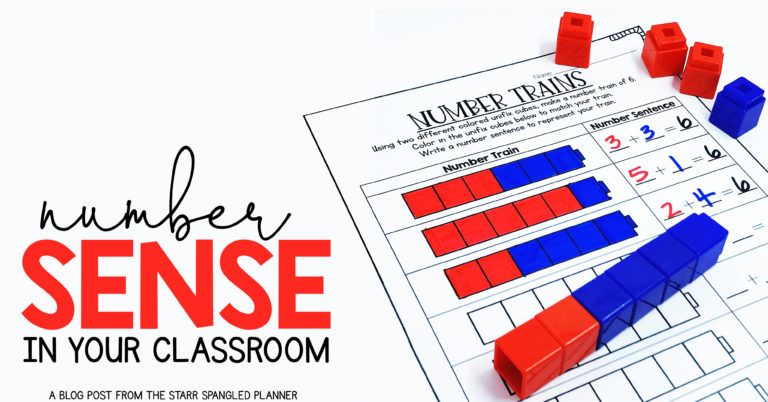 And the essence of things and phenomena is always the same! This becomes especially clear when studying the mysteries of numbers.
And the essence of things and phenomena is always the same! This becomes especially clear when studying the mysteries of numbers.
Therefore, any number can affect people in the same way, regardless of what historical period of time we live in. That is, as our distant ancestors were influenced by the number 3 - the number of love - in the same way the number 3 affects the modern person.
It's just that people from different eras express their love in different ways. They express not only love, but also strength in different ways. Although the number 1 - the number of strength - also affects all generations of bipeds, in general, it affects exactly the same. Why did I focus on the number of love and the number of power? Because in the numerology of life, these are key numbers.
Strange numerology
Amazing! Modern numerology is even further from understanding the essence of numbers than even such abstract disciplines as philosophy and psychology. Even art - architecture, painting, theater - is closer to understanding the meaning of different numbers than traditional numerology! Indeed, the irony of fate .


